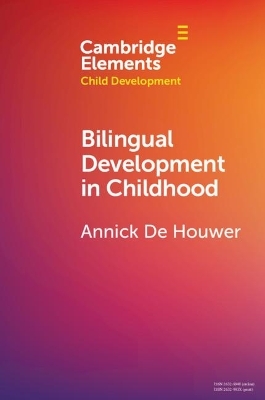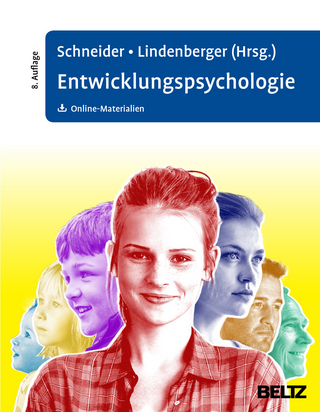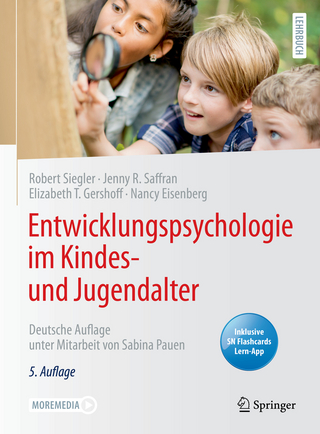
Bilingual Development in Childhood
Seiten
2021
Cambridge University Press (Verlag)
978-1-108-79139-7 (ISBN)
Cambridge University Press (Verlag)
978-1-108-79139-7 (ISBN)
In the first decade of life, children become bilingual in different language learning environments. This Element explains how these different language learning settings dynamically affect bilingual children's language learning trajectories.
In the first decade of life, children become bilingual in different language learning environments. Many children start learning two languages from birth (Bilingual First Language Acquisition). In early childhood hitherto monolingual children start hearing a second language through daycare or preschool (Early Second Language Acquisition). Yet other hitherto monolingual children in middle childhood may acquire a second language only after entering school (Second Language Acquisition). This Element explains how these different language learning settings dynamically affect bilingual children's language learning trajectories. All children eventually learn to speak the societal language, but they often do not learn to fluently speak their non-societal language and may even stop speaking it. Children's and families' harmonious bilingualism is threatened if bilingual children do not develop high proficiency in both languages. Educational institutions and parental conversational practices play a pivotal role in supporting harmonious bilingual development.
In the first decade of life, children become bilingual in different language learning environments. Many children start learning two languages from birth (Bilingual First Language Acquisition). In early childhood hitherto monolingual children start hearing a second language through daycare or preschool (Early Second Language Acquisition). Yet other hitherto monolingual children in middle childhood may acquire a second language only after entering school (Second Language Acquisition). This Element explains how these different language learning settings dynamically affect bilingual children's language learning trajectories. All children eventually learn to speak the societal language, but they often do not learn to fluently speak their non-societal language and may even stop speaking it. Children's and families' harmonious bilingualism is threatened if bilingual children do not develop high proficiency in both languages. Educational institutions and parental conversational practices play a pivotal role in supporting harmonious bilingual development.
1. Introduction; 2. Becoming Bilingual in Infancy: Focus on Bilingual First Language Acquisition; 3. Bilingualism in Early Childhood: Bilingual First and Early Second Language Acquisition; 4. Bilingualism in Middle Childhood: BFLA, ESLA, and SLA; 5. Socioeconomic Status and Bilingual Development in Childhood; 6. Summary and Conclusion.
| Erscheinungsdatum | 17.05.2021 |
|---|---|
| Reihe/Serie | Elements in Child Development |
| Zusatzinfo | Worked examples or Exercises |
| Verlagsort | Cambridge |
| Sprache | englisch |
| Maße | 152 x 230 mm |
| Gewicht | 150 g |
| Themenwelt | Geisteswissenschaften ► Psychologie ► Entwicklungspsychologie |
| Geisteswissenschaften ► Sprach- / Literaturwissenschaft ► Sprachwissenschaft | |
| ISBN-10 | 1-108-79139-5 / 1108791395 |
| ISBN-13 | 978-1-108-79139-7 / 9781108791397 |
| Zustand | Neuware |
| Haben Sie eine Frage zum Produkt? |
Mehr entdecken
aus dem Bereich
aus dem Bereich
Vormals Oerter & Montada
Buch | Hardcover (2018)
Julius Beltz GmbH & Co. KG (Verlag)
64,00 €
Grundlagen, Diagnostik und Therapie vom Säuglingsalter bis zum alten …
Buch | Hardcover (2022)
Klett-Cotta (Verlag)
45,00 €
Deutsche Auflage unter Mitarbeit von Sabina Pauen
Buch | Hardcover (2022)
Springer (Verlag)
59,98 €


